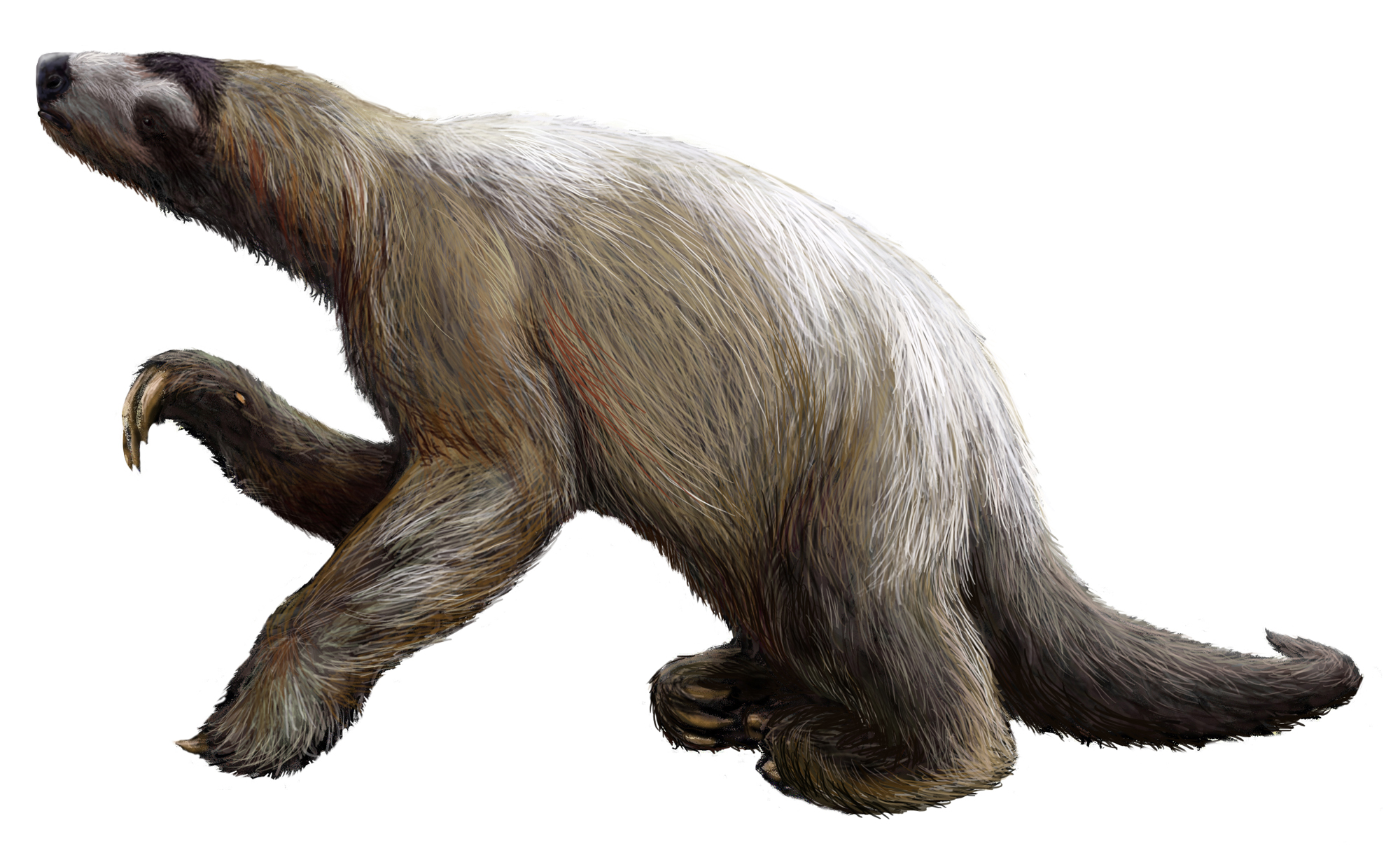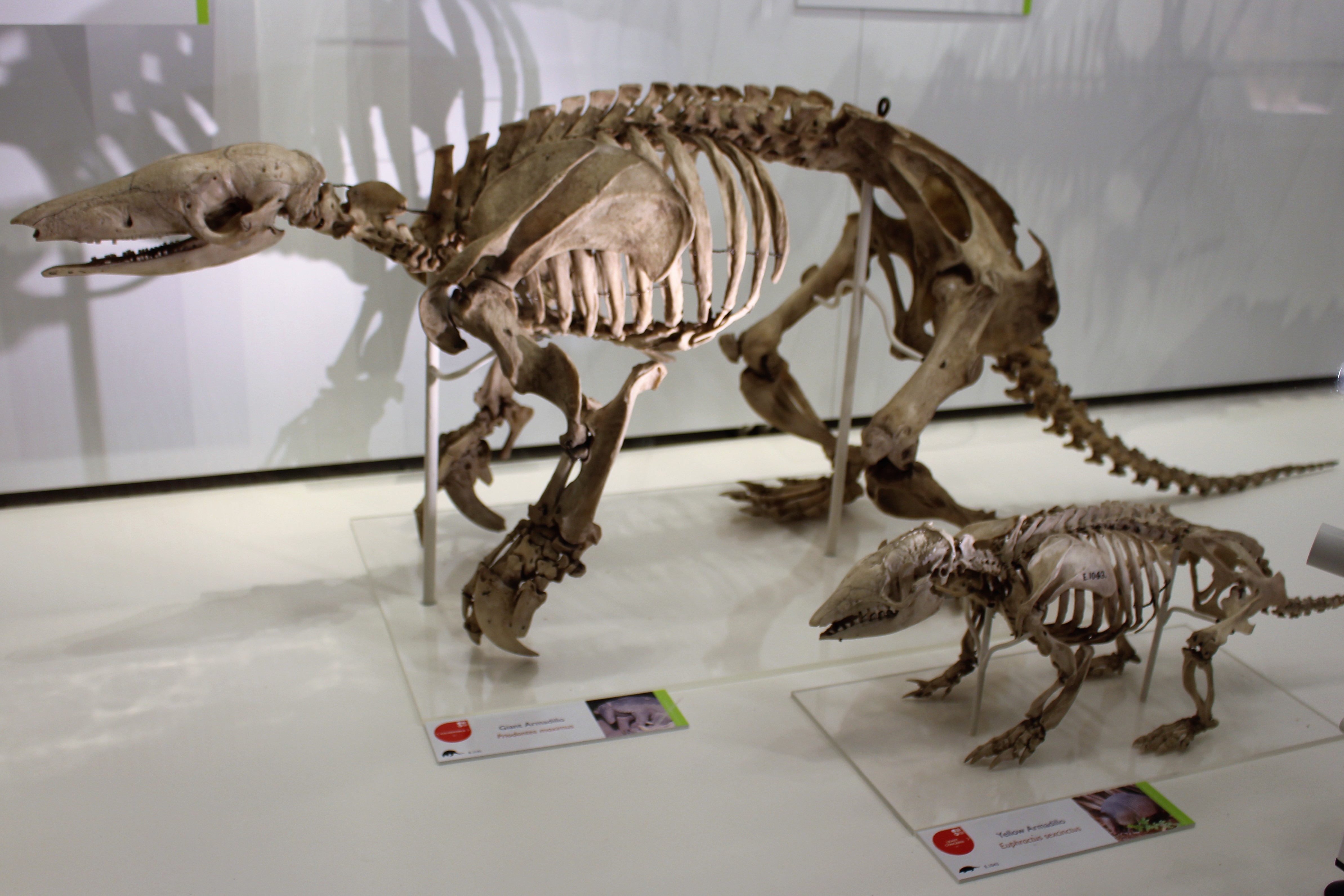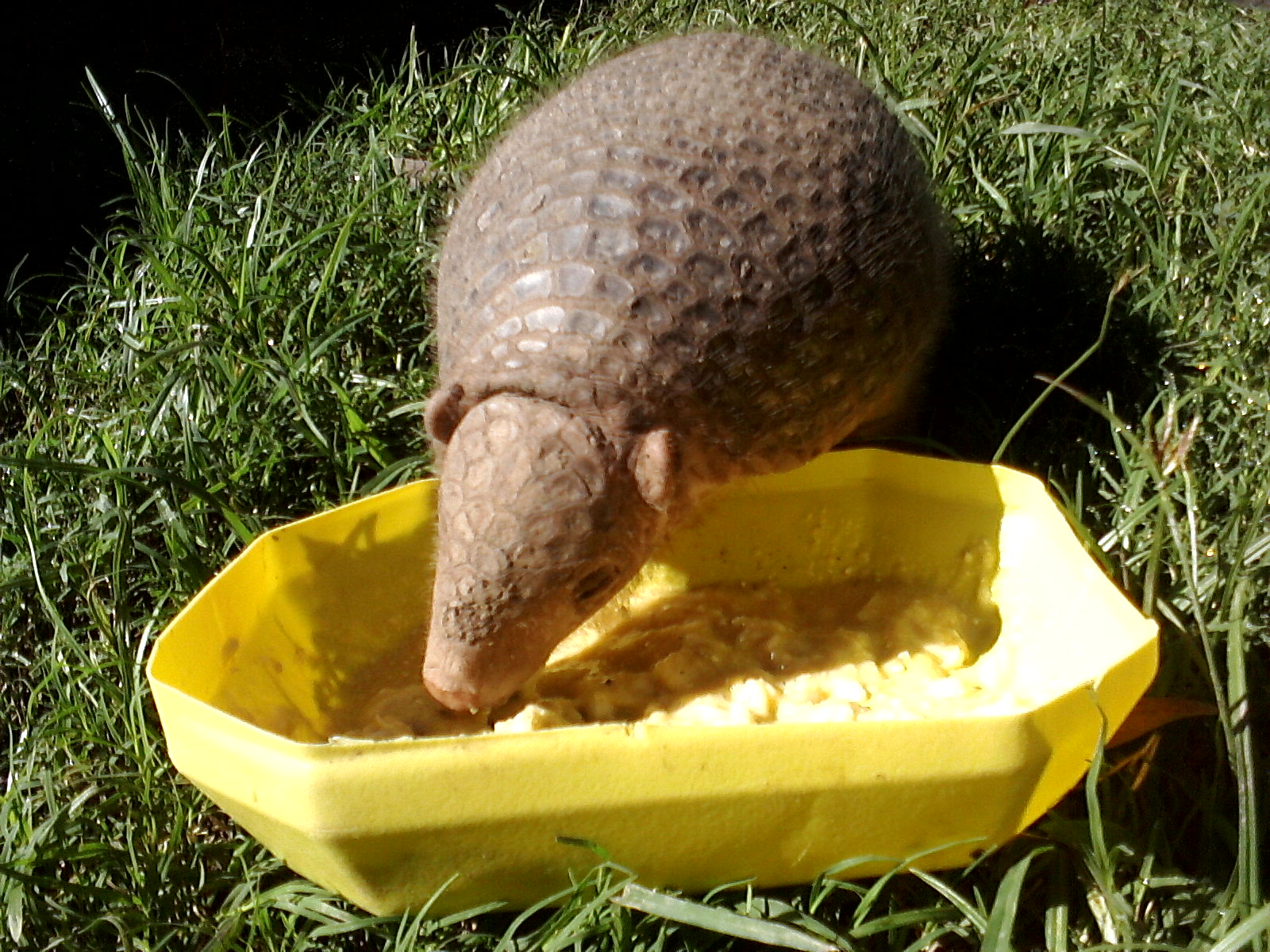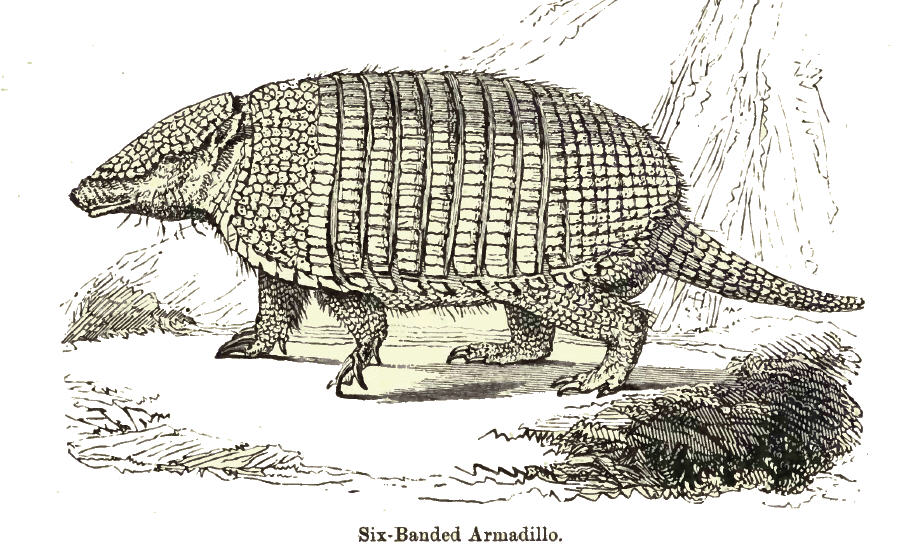|
List Of Mammals Of Paraguay
This is a list of the mammal species recorded in Paraguay. There are 151 mammal species in Paraguay, of which two are endangered, seven are vulnerable, and twelve are near threatened. The following tags are used to highlight each species' conservation status as assessed by the International Union for Conservation of Nature: Some species were assessed using an earlier set of criteria. Species assessed using this system have the following instead of near threatened and least concern categories: Subclass: Theria Infraclass: Eutheria Order: Cingulata (armadillos) ---- The armadillos are small mammals with a bony armoured shell. They are native to the Americas. There are around 20 extant species. *Family: Dasypodidae (armadillos) **Subfamily: Dasypodinae ***Genus: '' Dasypus'' **** Southern long-nosed armadillo, ''Dasypus hybridus'' NT **** Nine-banded armadillo, ''Dasypus novemcinctus'' LC **** Seven-banded armadillo, ''Dasypus septemcinctus'' LC **Subfamily: Euphractinae ***G ... [...More Info...] [...Related Items...] OR: [Wikipedia] [Google] [Baidu] |
Paraguay
Paraguay (; ), officially the Republic of Paraguay ( es, República del Paraguay, links=no; gn, Tavakuairetã Paraguái, links=si), is a landlocked country in South America. It is bordered by Argentina to the south and southwest, Brazil to the east and northeast, and Bolivia to the northwest. It has a population of seven million, nearly three million of whom live in the capital and largest city of Asunción, and its surrounding metro. Although one of only two landlocked countries in South America (Bolivia is the other), Paraguay has ports on the Paraguay and Paraná rivers that give exit to the Atlantic Ocean, through the Paraná-Paraguay Waterway. Spanish conquistadores arrived in 1524, and in 1537, they established the city of Asunción, the first capital of the Governorate of the Río de la Plata. During the 17th century, Paraguay was the center of Jesuit missions, where the native Guaraní people were converted to Christianity and introduced to European culture. ... [...More Info...] [...Related Items...] OR: [Wikipedia] [Google] [Baidu] |
Pilosa
The order Pilosa is a clade of xenarthran placental mammals, native to the Americas. It includes the anteaters and sloths (which includes the extinct ground sloths). The name comes from the Latin word for "hairy". Origins and taxonomy The biogeographic origins of the Pilosa are still unclear, but they can be traced back in South America as far as the early Paleogene (about 60 million years ago, only a short time after the end of the Mesozoic Era). The presence of these animals in Central America and their former presence in North America is a result of the Great American Interchange. A number of sloths were also formerly present on the Antilles, which they reached from South America by some combination of rafting or floating with the prevailing currents. Together with the armadillos, which are in the order Cingulata, pilosans are part of the larger superorder Xenarthra, a defining characteristic of which is the presence of xenarthrals (extra formations between lumbar verte ... [...More Info...] [...Related Items...] OR: [Wikipedia] [Google] [Baidu] |
Southern Three-banded Armadillo
The southern three-banded armadillo (''Tolypeutes matacus''), also known as La Plata three-banded armadillo or Azara's domed armadillo, is an armadillo species from South America. It is found in parts of southwestern Brazil, northern Argentina, Paraguay and Bolivia, at elevations from sea level to . The southern three-banded armadillo and the other member of the genus ''Tolypeutes'', the Brazilian three-banded armadillo, are the only species of armadillos capable of rolling into a complete ball to defend themselves (volvation). The three characteristic bands that cover the back of the animal allow it enough flexibility to fit its tail and head together, allowing it to protect its underbelly, limbs, eyes, nose and ears from predators. The shell covering its body is armored and the outer layer is made out of keratin, the same protein that builds human fingernails. They are typically a yellow or brownish color. They are among the smaller armadillos, with a head-and-body length of ab ... [...More Info...] [...Related Items...] OR: [Wikipedia] [Google] [Baidu] |
Tolypeutes
The genus ''Tolypeutes'' contains the two species of three-banded armadillos. They are restricted to open and semi-open habitats in South America. Of the several armadillo genera, only ''Tolypeutes'' rely heavily on their armor for protection. When threatened by a predator Predation is a biological interaction where one organism, the predator, kills and eats another organism, its prey. It is one of a family of common feeding behaviours that includes parasitism and micropredation (which usually do not kill th ..., ''Tolypeutes'' species frequently roll up into a ball. Other armadillo species cannot roll up because they have too many plates. This species is endangered due to the deforestation done in their native land of Brazil, including the hunting by the locals. They may have this defense mechanism but they lack the ability to dig burrows such as their competition in that environment but, they will look for abandoned burrows. Deforestation is the main concern due to the ... [...More Info...] [...Related Items...] OR: [Wikipedia] [Google] [Baidu] |
Giant Armadillo
The giant armadillo (''Priodontes maximus''), colloquially ''tatu-canastra'', ''tatou'', ''ocarro'' or ''tatú carreta'', is the largest living species of armadillo (although their extinct relatives, the Glyptodontidae, glyptodonts, were much larger). It lives in South America, ranging throughout as far south as northern Argentina. This species is considered vulnerable to extinction. The giant armadillo prefers termites and some ants as prey, and often consumes the entire population of a termite mound. It also has been known to prey upon worms, larvae and larger creatures, such as spiders and snakes, and plants. Some giant armadillos have been reported to have eaten bees by digging into beehives. At least one zoo park, in Villavicencio, Colombia – ''Los Ocarros'' – is dedicated to this animal. Description The giant armadillo is the largest living species of armadillo, with 11 to 13 hinged bands protecting the body and a further three or four on the neck. Its body is dark ... [...More Info...] [...Related Items...] OR: [Wikipedia] [Google] [Baidu] |
Priodontes
The giant armadillo (''Priodontes maximus''), colloquially ''tatu-canastra'', ''tatou'', ''ocarro'' or ''tatú carreta'', is the largest living species of armadillo (although their extinct relatives, the glyptodonts, were much larger). It lives in South America, ranging throughout as far south as northern Argentina. This species is considered vulnerable to extinction. The giant armadillo prefers termites and some ants as prey, and often consumes the entire population of a termite mound. It also has been known to prey upon worms, larvae and larger creatures, such as spiders and snakes, and plants. Some giant armadillos have been reported to have eaten bees by digging into beehives. At least one zoo park, in Villavicencio, Colombia – ''Los Ocarros'' – is dedicated to this animal. Description The giant armadillo is the largest living species of armadillo, with 11 to 13 hinged bands protecting the body and a further three or four on the neck. Its body is dark brown in color, ... [...More Info...] [...Related Items...] OR: [Wikipedia] [Google] [Baidu] |
Greater Naked-tailed Armadillo
The greater naked-tailed armadillo (''Cabassous tatouay'') is an armadillo species from South America. Description Larger than the closely related southern naked-tailed armadillos, adults of the greater species measure in head-body length, with a tail in length. There are eight or nine uniformly shaped teeth on each side of each jaw, with no identifiable incisors or canines. The carapace includes an average of 13 movable bands between the solid shields over the shoulders and hips, with each band having about 30 individual scutes. There is also a scaled shield over the upper surface of the head, with much smaller scales on the ears and on the cheeks below the eyes. The tail bears only small, isolated scales. Distribution and habitat Greater naked-tailed armadillos are found in southern Brazil, eastern Paraguay and Uruguay and extreme north-eastern Argentina. It inhabits lowland and submontane forests, and also relatively open areas such as the Cerrado and Pantanal. There are n ... [...More Info...] [...Related Items...] OR: [Wikipedia] [Google] [Baidu] |
Chacoan Naked-tailed Armadillo
The Chacoan naked-tailed armadillo (''Cabassous chacoensis'') is a species of South American armadillo. It is the smallest of the naked-tailed armadillos, having an average head-body length of , while the other species range from . They also have smaller ears than the other species, and their ears also have a distinctive fleshy expansion on the forward edge that other species lack. As its name suggests, the Chacoan naked-tailed armadillo is found in the Gran Chaco region of western Paraguay and north-central Argentina. It may also be found in Bolivia, and possibly Brazil. Within this region, it is more likely to be found in semi-arid, rather than humid, habitats, typically inhabiting open thorn forest and scrub. Little is known of its biology and behaviour, although it is known to be nocturnal, and an active burrower. They feed primarily on ants and termite Termites are small insects that live in colonies and have distinct castes (eusocial) and feed on wood or other dead ... [...More Info...] [...Related Items...] OR: [Wikipedia] [Google] [Baidu] |
Cabassous
''Cabassous'' is a genus of South and Central American armadillos. The name is the Latinised form of the Kalini word for "armadillo". Cladogram of living ''Cabassous'' The genus contains the following four species In biology, a species is the basic unit of classification and a taxonomic rank of an organism, as well as a unit of biodiversity. A species is often defined as the largest group of organisms in which any two individuals of the appropriate s ...: References Armadillos Mammal genera Taxonomy articles created by Polbot {{mammal-stub ... [...More Info...] [...Related Items...] OR: [Wikipedia] [Google] [Baidu] |
Tolypeutinae
Tolypeutinae is a subfamily of armadillos in the family Chlamyphoridae, consisting of the giant, three-banded and naked-tailed armadillos. __TOC__ Taxonomy It contains the following genera: *''Cabassous'' *''Kuntinaru'' *''Priodontes'' *''Tolypeutes'' *'' Vetelia'' Phylogeny Tolypeutinae is the sister group of Chlamyphorinae Chlamyphorinae is a subfamily of South American armadillos in the family Chlamyphoridae. Members of this subfamily, the fairy armadillos, are largely fossorial and have reduced eyes and robust forearms with large claws for digging. __TOC__ Ta ..., the fairy armadillos, as shown below. References Armadillos Extant Chattian first appearances {{mammal-stub ... [...More Info...] [...Related Items...] OR: [Wikipedia] [Google] [Baidu] |
Six-banded Armadillo
The six-banded armadillo (''Euphractus sexcinctus''), also known as the yellow armadillo, is an armadillo found in South America. The sole extant member of its genus, it was first described by Swedish zoologist Carl Linnaeus in 1758. The six-banded armadillo is typically between in head-and-body length, and weighs . The carapace (hard shell on the back) is pale yellow to reddish brown, marked by scales of equal length, and scantily covered by buff to white bristle-like hairs. The forefeet have five distinct toes, each with moderately developed claws. Six-banded armadillos are efficient diggers and form burrows to live in and search for prey. The armadillo is alert and primarily solitary. An omnivore, it feeds on insects, ants, carrion, and plant material. Due to their poor eyesight, armadillos rely on their sense of smell to detect prey and predators. Births take place throughout the year; gestation is 60 to 64 days long, after which a litter of one to three is born. Weaning o ... [...More Info...] [...Related Items...] OR: [Wikipedia] [Google] [Baidu] |





